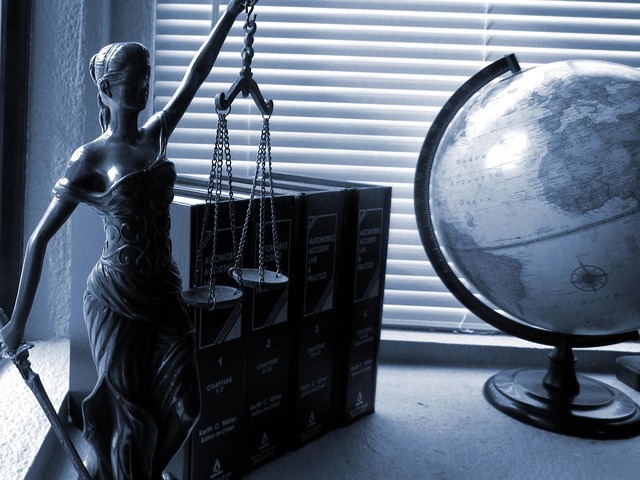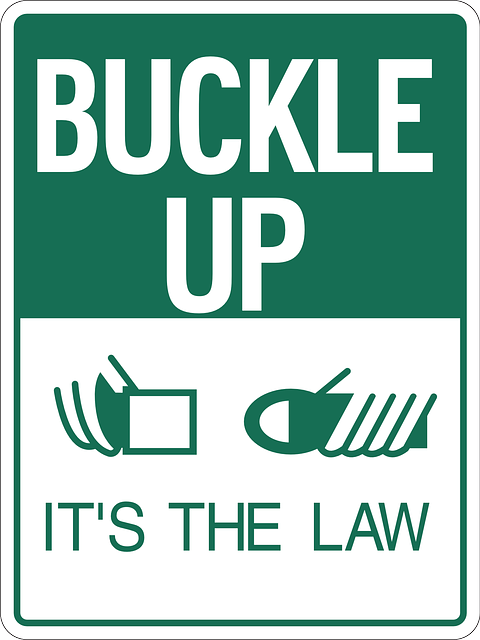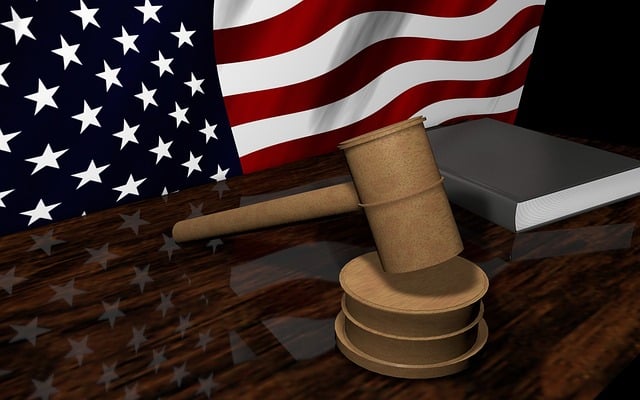Comprehensive understanding of intellectual property (IP) law, coupled with structured steps like thorough evidence gathering, meticulous documentation, and expert legal consultation, is crucial for initiating successful IP lawsuits. This process involves defining the scope of the case, examining relevant laws, collecting tangible proof, preserving data integrity, and navigating stringent deadlines. Crafting a strategic plan with specialized professionals ensures efficient progress, effective enforcement strategies, and strong outcomes, from initial investigation to potential criminal implications avoidance. Following these steps, specifically for filing an IP lawsuit, enhances chances of favorable verdicts and safeguards rights across jurisdictions.
In today’s competitive landscape, protecting intellectual property (IP) is paramount for businesses. When IP infringement occurs, understanding the scope of the violation is crucial. This article guides you through the essential steps to file an intellectual property lawsuit, from identifying and gathering evidence to navigating legal requirements and building a strategic plan for success. By following these comprehensive steps to file an intellectual property lawsuit, businesses can protect their valuable assets and ensure fair market practices.
- Understanding the Scope: Identifying Intellectual Property Infringement
- Gathering Evidence: Documenting the Violation for a Strong Case
- Navigating Legal Requirements: Filing Procedures and Timeframes
- Steps to Launch: Building a Strategic Plan for Success
Understanding the Scope: Identifying Intellectual Property Infringement

When investigating potential intellectual property infringement, a comprehensive understanding of the scope is paramount. This involves meticulously examining the alleged infringer’s activities to determine if they have unrightfully appropriated or used your proprietary ideas, inventions, designs, or creative works. The process begins with a detailed analysis of the relevant laws and regulations, followed by a thorough review of the evidence.
This includes sifting through documents, digital records, and any available physical evidence. By following structured steps to file an intellectual property lawsuit—such as promptly documenting incidents, conducting a thorough investigation, and consulting legal experts—you can build a robust case. These measures increase your chances of achieving extraordinary results, including winning challenging defense verdicts across the country, ensuring your rights and interests are protected.
Gathering Evidence: Documenting the Violation for a Strong Case

When initiating a C-Level investigation, meticulous evidence gathering is paramount to constructing a robust case for an Intellectual Property (IP) lawsuit. The process involves documenting every instance of violation, from initial infringement to subsequent repetitions, to paint a clear and compelling picture in court. This includes amassing tangible proof like emails, contracts, prototypes, sales records, and any communication that establishes ownership rights and demonstrates the violation.
A structured approach is crucial, especially in high-stakes cases, to ensure the integrity of evidence for his clients. By following defined steps to file an IP lawsuit, investigators can avoid potential pitfalls that might lead to indictment or weak claims. This systematic method includes identifying the specific IP at issue, preserving relevant data, and meticulously recording all interactions related to the violation, ultimately strengthening the case for resolution through litigation.
Navigating Legal Requirements: Filing Procedures and Timeframes

When initiating a C-Level investigation, understanding the legal landscape is paramount. Navigating the steps to file an intellectual property lawsuit involves adhering to stringent procedures and timeframes. Companies must carefully draft their complaints, ensuring they meet all necessary legal requirements, including jurisdiction, standing, and the specificity of allegations. This meticulous process is crucial for achieving extraordinary results in civil proceedings, especially when protecting proprietary assets and intellectual property rights.
The timeline for filing such lawsuits varies depending on factors like jurisdiction and complexity. Prompt action is essential to avoid potential time bars and ensure a case’s viability. Effective legal representation involves not just understanding these deadlines but also leveraging them to prevent or mitigate potential criminal implications, including avoiding indictment in cases where intellectual property infringement intersects with general criminal defense strategies.
Steps to Launch: Building a Strategic Plan for Success

When initiating a C-Level investigation, crafting a strategic plan is paramount to success. The initial step involves defining the scope and objectives, which may include identifying potential intellectual property (IP) infringements or corporate misconduct. This requires a thorough understanding of the company’s IP portfolio and business practices, as well as an analysis of relevant legal frameworks. Engaging experienced professionals who specialize in IP law and investigations is crucial for navigating complex regulations.
The strategic plan should detail every stage of the investigative process, from gathering evidence to conducting interviews and analyzing data. It must also outline enforcement strategies, considering both legal avenues and alternative dispute resolution methods. By meticulously planning each step, companies can ensure they achieve extraordinary results while protecting their interests and those of their corporate and individual clients throughout all stages of the investigative and enforcement process.
Launching a C-Level investigation into intellectual property infringement is a complex process, but with the right strategic plan and understanding of legal requirements, it can lead to successful steps to file an intellectual property lawsuit. By gathering robust evidence and navigating procedures effectively, individuals and organizations can protect their valuable IP assets and seek justice. This structured approach ensures that every step, from identifying the violation to building a strong case, is executed efficiently, ultimately paving the way for a positive outcome.






